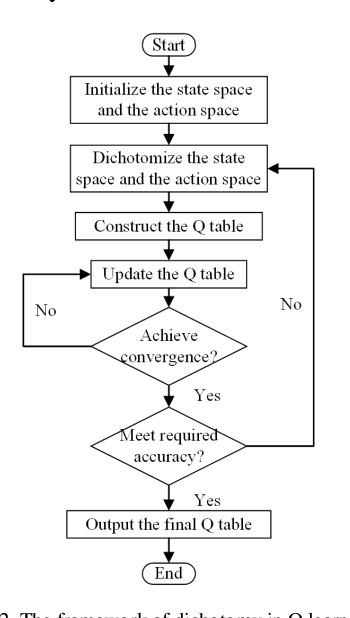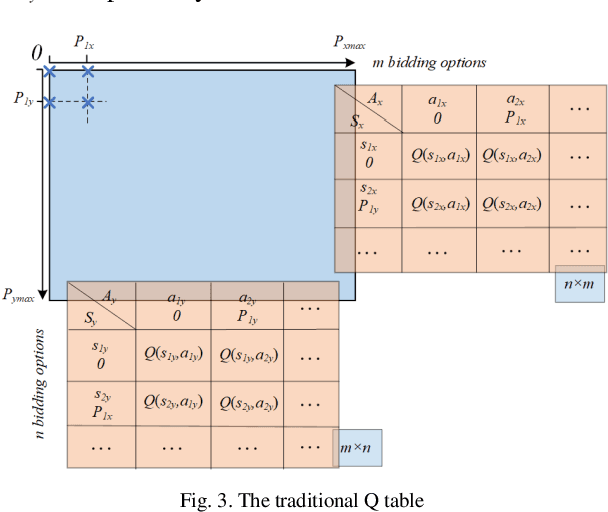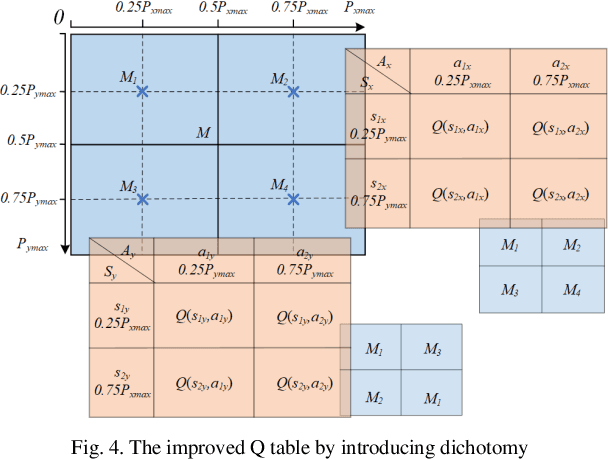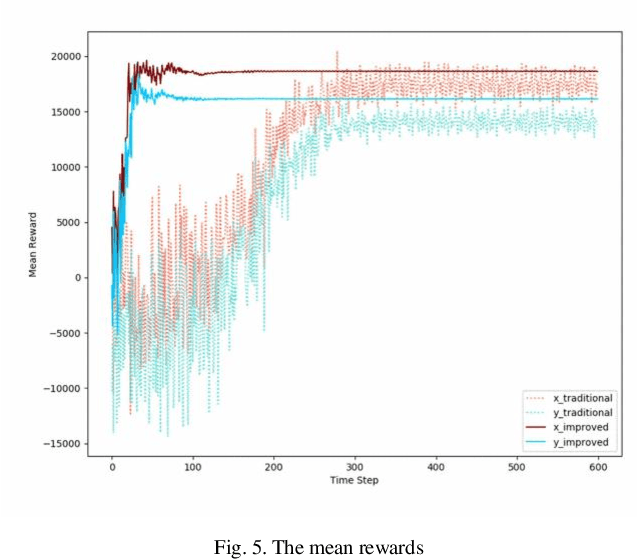Zhaoyu Hu
TASL-Net: Tri-Attention Selective Learning Network for Intelligent Diagnosis of Bimodal Ultrasound Video
Sep 03, 2024Abstract:In the intelligent diagnosis of bimodal (gray-scale and contrast-enhanced) ultrasound videos, medical domain knowledge such as the way sonographers browse videos, the particular areas they emphasize, and the features they pay special attention to, plays a decisive role in facilitating precise diagnosis. Embedding medical knowledge into the deep learning network can not only enhance performance but also boost clinical confidence and reliability of the network. However, it is an intractable challenge to automatically focus on these person- and disease-specific features in videos and to enable networks to encode bimodal information comprehensively and efficiently. This paper proposes a novel Tri-Attention Selective Learning Network (TASL-Net) to tackle this challenge and automatically embed three types of diagnostic attention of sonographers into a mutual transformer framework for intelligent diagnosis of bimodal ultrasound videos. Firstly, a time-intensity-curve-based video selector is designed to mimic the temporal attention of sonographers, thus removing a large amount of redundant information while improving computational efficiency of TASL-Net. Then, to introduce the spatial attention of the sonographers for contrast-enhanced video analysis, we propose the earliest-enhanced position detector based on structural similarity variation, on which the TASL-Net is made to focus on the differences of perfusion variation inside and outside the lesion. Finally, by proposing a mutual encoding strategy that combines convolution and transformer, TASL-Net possesses bimodal attention to structure features on gray-scale videos and to perfusion variations on contrast-enhanced videos. These modules work collaboratively and contribute to superior performance. We conduct a detailed experimental validation of TASL-Net's performance on three datasets, including lung, breast, and liver.
GenCos' Behaviors Modeling Based on Q Learning Improved by Dichotomy
Aug 04, 2020



Abstract:Q learning is widely used to simulate the behaviors of generation companies (GenCos) in an electricity market. However, existing Q learning method usually requires numerous iterations to converge, which is time-consuming and inefficient in practice. To enhance the calculation efficiency, a novel Q learning algorithm improved by dichotomy is proposed in this paper. This method modifies the update process of the Q table by dichotomizing the state space and the action space step by step. Simulation results in a repeated Cournot game show the effectiveness of the proposed algorithm.
 Add to Chrome
Add to Chrome Add to Firefox
Add to Firefox Add to Edge
Add to Edge